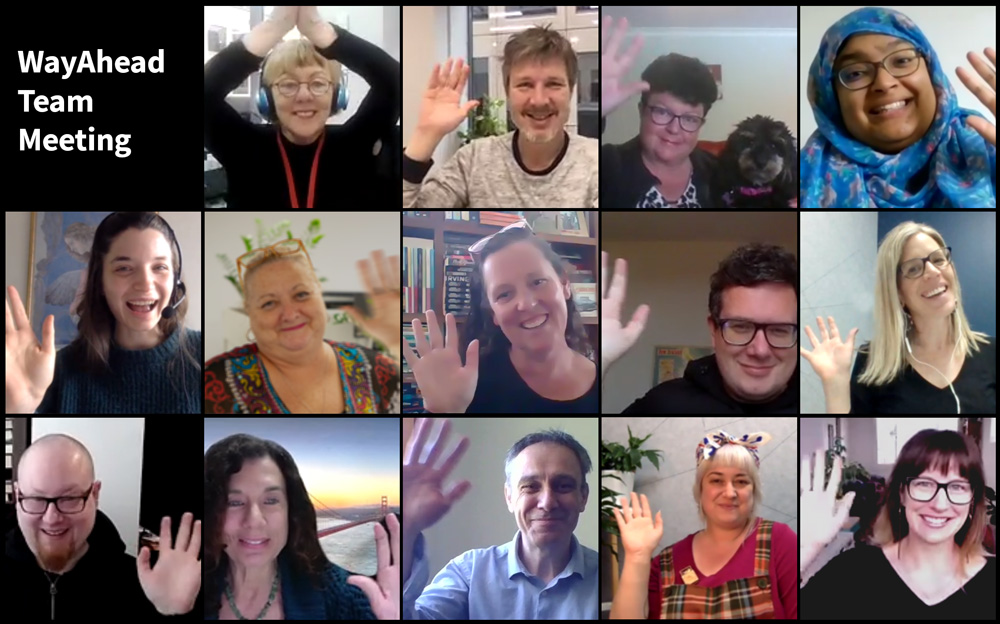Being’s Annual Recovery in Art Exhibition traditionally a part of October’s Mental Health Month is shifting to a month long time slot some time in 2017.
The Recovery in Art Exhibition is all about celebrating the creativity of people who have experienced mental illness, as well as their journeys towards recovery. It has been around a few years, but the next one is going to be particularly special because it will be held in the foyer of NSW Parliament House and opened by the Minister for Mental Health The Hon. Pru Goward.

We had a chat to Rachel Laidler, the Events and Projects Officer at Being to find out more.
Could you tell us a bit about the exhibition?
The Recovery in Art Exhibition’s been running for six years and it’s an exhibition where all of the artists involved have a lived experience of mental illness and the idea is to break down a bit of the stigma surrounding mental illness and talk about recovery instead.
How many entries would you normally get in a year and how many get displayed?
At this point we display everyone who enters, we’ve had up to, I think 80 in the past. When it started six years ago we were only getting maybe 30 entries and it was held down at the Wayside Chapel in one of the rooms there. We had about 30 or 40 entries at that point but then it just kind of blew up into this big thing.
Have you been involved with it from the beginning?
No, I’ve been involved with it for about two years. It’s always been a huge team effort with the policy team and the communications team. I think this is the first year there’s actually been an events role, so that’s kind of nice.
It sounds like it’s gotten pretty big over time…
It has, it’s at the point now where we’re looking at getting corporate sponsorship and that sort of stuff because it’s just becoming…not more than we can handle, but it’s becoming more than our little organisation is able to provide.
What would you say the aim of the exhibition is?
I think a big part of it, and a big part of Mental Health Month is about celebrating mental health as opposed to mental illness. It’s about recovery and taking care of yourself, and art is something that a lot of people identify with and use as a way to take care of themselves. It’s a bit of a celebration of health and wellness as opposed to illness, and beyond that it’s also a celebration of the creative skills that mental health consumers have because people with a lived experience of mental illness will surprise you with the amount of passion and skill and creativity that they bring, so that’s something we like to try and showcase wherever we can which has been hugely beneficial in breaking down some of the stigma surrounding people with mental illness.
What type of artworks do you usually get? Are they mostly paintings?
A lot of what we present is paintings on canvases and that sort of stuff, we’ve gotten a few sculptures in the past, a mosaic at one point, we get video installations and we do wherever we can try to include performance art, so, you know, musicians with a lived experience of mental illness. It’s a bit hard to coordinate but it’s so wonderful to have them there, to have people expressing what they’ve experienced.
What do you think it is about art that people find therapeutic?
Well, the people who enter come from all walks of life, so they could be people who created art as part of their therapy in a hospital or something like that, it could also be people who created art for the love of art, maybe it’s not a therapy, it’s a way of expressing themselves. It’s a way of safely talking about things they’ve experienced. It’s hard to write down what you’ve experienced and sometimes it’s a better way of explaining it when you don’t have the words for what’s going on.
Is there anything else you’d like people to know about the exhibition?
It’s held every year in Mental Health Month – this year we’re really excited, it’s not going to be in October, it’s going to be held sometime next year in Parliament House for about a month next year. We’re really excited for that because it’s just giving the exhibition a level of prestige. To be kind of recognised in Parliament House as something that’s beneficial for the community, it’s a huge achievement for us.





